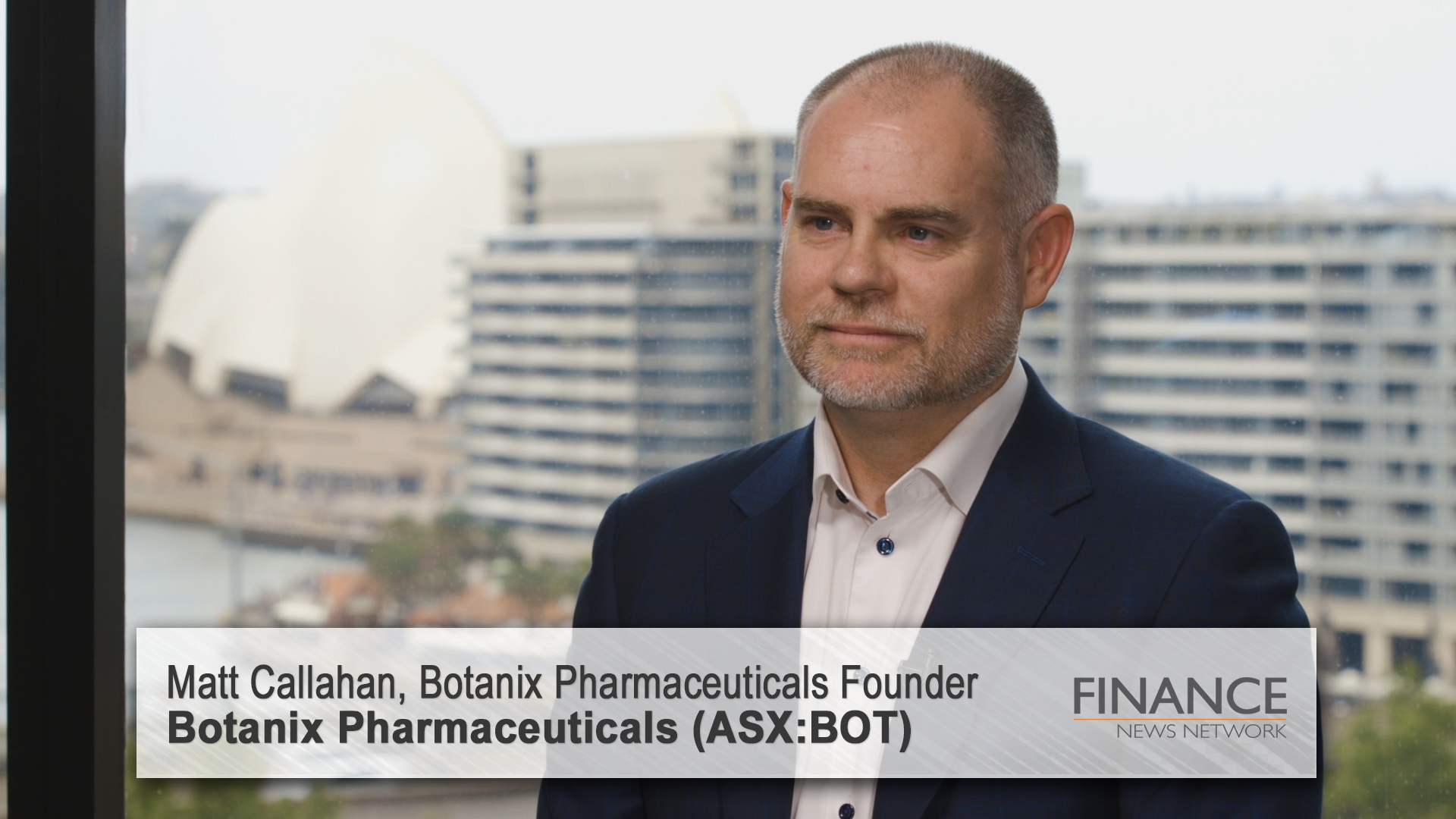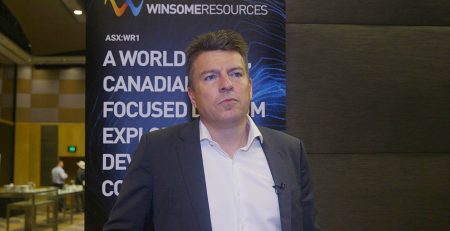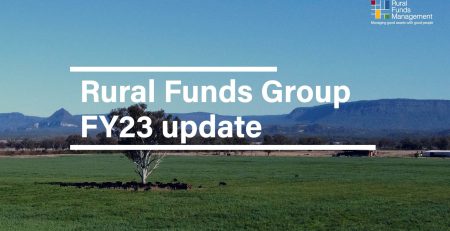Botanix Pharmaceuticals (ASX:BOT) clinical trial update
Botanix Pharmaceuticals Limited (ASX:BOT) Founder Matthew Callahan talks about the company's Phase 2 US trial results for severe acne, plans for its Phase 3 trails, including FDA input, its Phase 2 atopic dermatitis study, and what investors can expect over the next 6 months.
Rachael Jones: Hello. I'm Rachael Jones for the Finance News Network. Joining me today from Botanix Pharmaceuticals (ASX:BOT) is Founder and Executive Director Matt Callahan. Matt, welcome back to the network.
Matt Callahan: Thanks for having me.
Rachael Jones: Now, Botanix is a clinical-stage synthetic cannabinoid company specialising in skin conditions. We last saw you back in June. What has been happening since then?
Matt Callahan: It's been a really busy time, obviously since June. And really the biggest clinical progression that we've made is in respect of our Phase 2 acne study, which was finalised in Q3 of this year, and reported some data at the end of October.
That data, unfortunately, didn't meet its primary end statistically, but it did demonstrate great safety and great efficacy for our lead product, BTX1503, for the treatment of acne.
Rachael Jones: And, Matt, I understand you'll be rejoining the board soon.
Matt Callahan: Yeah, that's right. We've been on a road show this week in Australia with Vince Ippolito, our Executive Chairman and Michael Thurn, our COO. So yes, early in the year, looking forward to coming back to the board and obviously rejoining the team as we move into some important milestones for the company this coming year.
Rachael Jones: And, Matt, can you tell us more about the Phase 2 trial?
Matt Callahan: Sure. The study was a study in patients with moderate to severe acne. We enrolled about 368 patients into the study. And they were each treated over a period of 12 weeks with either the study drug, BTX1503, or a vehicle or placebo. And so, the end points that we were looking for from that study were: how many less pimples, inflammatory and non-inflammatory pimples, did they have at the end of that 12 week period versus where they started?
And the data that we generated, as I mentioned, didn't reach statistical significance in terms of the reduction of inflammatory lesions, but we saw a great response in non-inflammatory lesions. And really, the reason for that was we had a significant difference between the data that we generated here in Australia, which was really fantastic, and the data that we generated in the US. And, specifically, the data that we generated in the US showed that the vehicle or the placebo response was much higher just in the US patients than what we had anticipated, and certainly was much higher than what we saw from the Australian patients.
Rachael Jones: And you used the term "vehicle" there. Is that the same as "placebo"?
Matt Callahan: Yeah, it is. So, obviously when you're doing a clinical studies that involve tablets, you'll have a tablet with a drug in it and you'll have a tablet with maybe sugar in it. In dermatology, to kind of blind the patient to what therapy that they're getting, the vehicle is really just the gel without any drug in it. So, it is a placebo, but the gel itself is being applied to the skin. And so, sometimes those vehicles also have an effect on the skin or some sort of disease as well.
Rachael Jones: So now, could you tell me a little more about the preparations for the Phase 3 studies?
Matt Callahan: Sure. So, obviously, as we finalise the clinical study report from our Phase 2, our next steps are to go into an end-of-Phase 2 meeting with the FDA. So, we'll be requesting that meeting with FDA early in the new year. We'd aim to have that meeting sometime in Q2 of next year. And really the purpose of that meeting is for FDA to provide us with some guidance around the design of that study, obviously to make some comments on the safety from that study, which was really fantastic with about three patients having safety issues of the 368, and also to give us an idea about the size and the design of the Phase 3, which will really guide the capital expenditure for that study.
Rachael Jones: And now, let's talk about your Phase 2 study for atopic dermatitis. What can you tell me about that?
Matt Callahan: Yeah, so, really important study for the company. That kicked off earlier in the year. In that particular study, we've got sites here in Australia, in New Zealand and in the United States. We're treating 200 patients in that study. About a hundred of those patients will get our drug, BTX1204, and a hundred will get the vehicle, or the gel without the drug in it. The end points for that study are the usual study end points that you'd see for dermatitis; looking at the condition of the skin, obviously the size of the lesions, and also measuring itch, because itch is one of those symptoms in dermatitis that, to this day, doesn't really have an effective treatment.
Rachael Jones: And in terms of that study, Matt, when could we expect a data readout?
Matt Callahan: So, all of the patients have been enrolled in that study, and so we're just waiting for the last of those patients to finish their 12-week treatment period. So, our expectation is we'll have that data ready for announcement in Q1, so some time probably in February or March of next year, that data will be ready for the market.
Rachael Jones: And can you remind us of the size of the market opportunity there?
Matt Callahan: Sure. So, dermatitis is a really large market. Our Executive Chairman and President Vince Ippolito was involved in a company called Anacor, which developed a product in this particular market that they transacted to Pfizer for about $5 billion. And kind of what that indicates to you is that it's a really substantial revenue opportunity with products that are effective in treating dermatitis. So, there's about 20 to 22 billion dollars worth of sales for atopic dermatitis products every year, significant amount of prescriptions. And most of those prescriptions are in the mild-to-moderate form of the disease. So, there's biologics for the more serious disease, but the large majority of that market opportunity is in the mild-to-moderate space.
Rachael Jones: And the challenges you had with the vehicle in the acne study, how do you think about that in the context of the dermatitis study?
Matt Callahan: Yeah, so, obviously the formulation and the gel that we're using in the dermatitis study is different than the one we're using in acne. And we didn't have the same challenge with manufacturing in terms of the number of batches that we had to make to supply the acne study. And really thinking about the disease of dermatitis as well, you don't have this situation where a vehicle is going to be sitting around, a gel sitting around, on the surface of the skin, potentially solubilising sebum, because those sorts of pathologies aren't relevant for the dermatitis study.
Rachael Jones: And you're looking at other skin conditions such as rosacea. What can you tell me about this?
Matt Callahan: Yes, so, rosacea was a new program that we announced just on Monday of this week. And if you think about rosacea, redness of the cheeks, often sort of a bulbous nose, in kind of the caricature of the English overdrinker. But, unfortunately, many women, certainly above the age of 35, suffer from this disease.
It's very similar in many ways to acne. So, we have inflammation. And we also have things that kind of look like pimples, papules and pustules.
And so, based on the data we've already generated around the effect of cannabidiol on inflammation and also on bacterial infection, we think that this is a great opportunity for us. It's one of those diseases, again, much like acne, where there's been no new products in about 20 years. And so, we think it's a great opportunity to apply the drug and the Permatrex technology to really provide a new therapy for those patients that suffer from the disease.
Rachael Jones: And to the last question, now, Matt. What can shareholders expect in terms of news flow over the next quarter or two?
Matt Callahan: We've got a very busy six months ahead of us. So, our next big clinical outcome obviously is the dermatitis study, which we're expecting data from in Q1 of next year. We just announced the commencement of a rosacea study that'll start recruiting patients earlier in the new year, when people come back from the Christmas break. And we'll also have some more news coming up on our antimicrobial clinical program, telling the market about what we're doing, the size of that market opportunity and some of the exciting work that we've been doing.
Q2 for next year, obviously, is our end-of-Phase 2 meeting for acne. And we hope to have those two new studies, in rosacea and antimicrobial, completed around about the middle of the year. So, a lot of news coming through, a lot of new applications for the technology, and obviously progressing CBD, or cannabidiol, into our Phase 3 and acne, and then the data from the Phase 2 study for dermatitis.
Rachael Jones: Matt Callahan, thanks so much for your time and thanks for the update.
Matt Callahan: Thank you.
Ends
Copyright 2019 – Finance News Network
Source: Finance News Network











